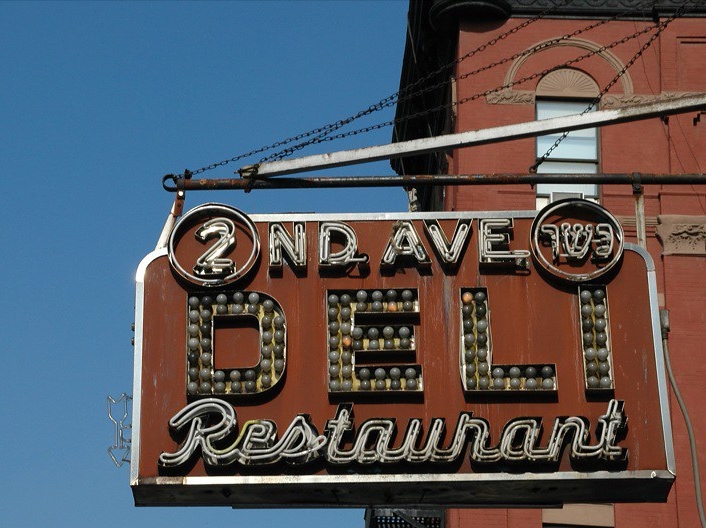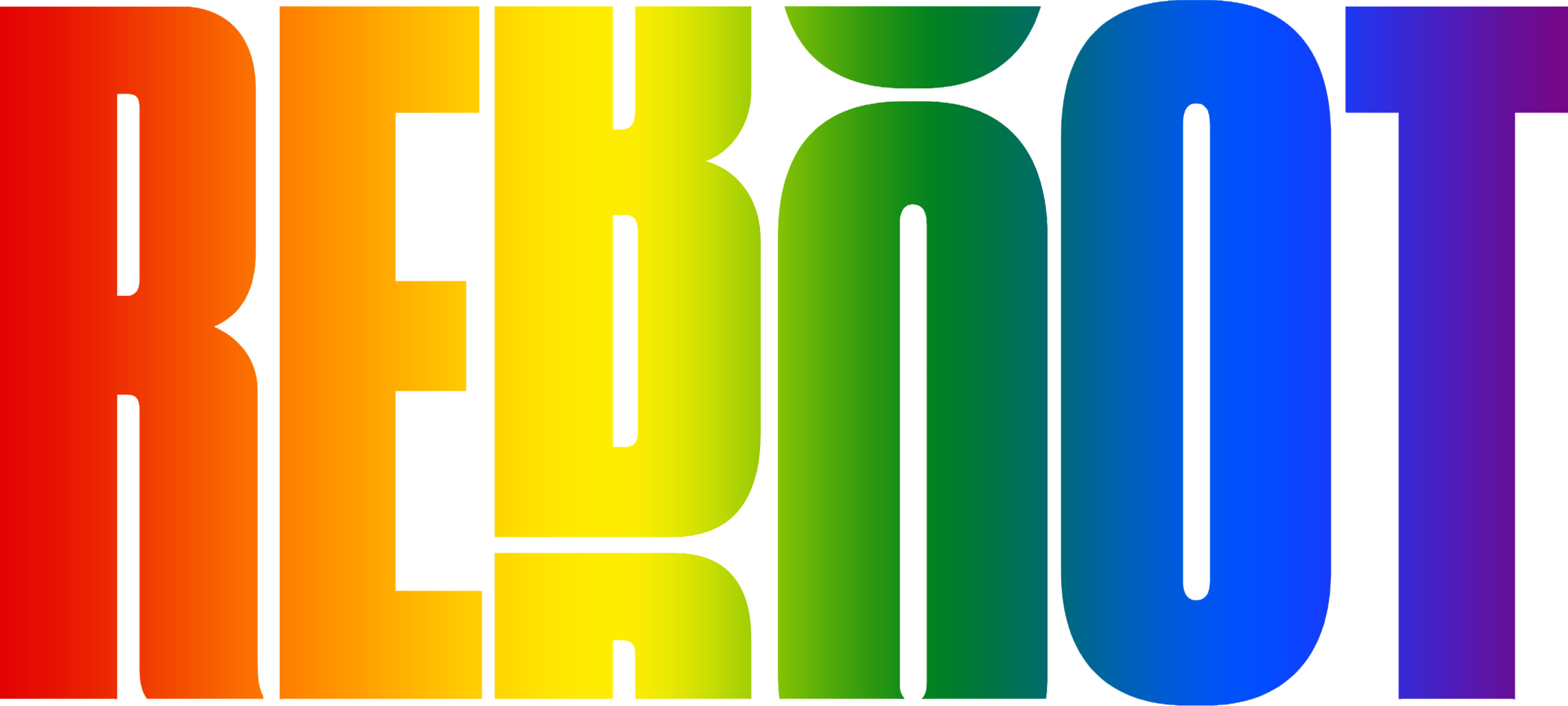
Short form of the German word delicatessen, which basically means “delicious things to eat”. In Ashkenazi-Yiddish culture, it was a store and a category of cuisine where cured, preserved, and smoked meats were prepared and sold. Often these were kosher versions of local, non-kosher specialties, made with beef, lamb, goose, or other kosher cuts of meat, rather than the pork that was typical of the local diet.
In North America, starting in the late 19th century, the deli quickly evolved from a prepared foods store and butcher shop, into a place to get a quick meal. Cured meats were placed between bread to feed Jewish garment workers, and the sandwich became the hallmark of the deli. It was anchored in the holy trinity of corned beef, pickled tongue, and Roumanian style smoked pastrami. Rye was the dominant bread. Mustard the only accompaniment.
Over time, delis grew into full service restaurants, complete with tables, booths, and servers known for wisecracks and kibbitzing. Menus expanded to include a smorgasbord of Yiddish food, traditionally fleishig meat ones, like kishke, chicken and beef and barley soups, chopped liver, stuffed cabbage, and even roast brisket, as well as paerve sides, like kasha, knishes, kreplach, and other grey K foods. Over time, as Jewish communities grew less observant and tied to traditions, delis brought in all sorts of foods from other cultures, from ham sandwiches and lobster rolls to Chinese foods, and eventually Israeli dishes.
As one of the few Jewish institutions open to the general public, the Jewish deli gave people, especially in America and Canada, a taste of the Yiddish kitchen, its flavors, and all the characters within. Delis like New York’s Katz’s, Montreal’s Schwartz’s, and Langer’s in Los Angeles are some of the most famous culinary hallmarks of those cities, and their signature sandwiches continue to build fatty bridges between the history of Jewish communities, and the future tastes of anyone with an appetite to learn more.
